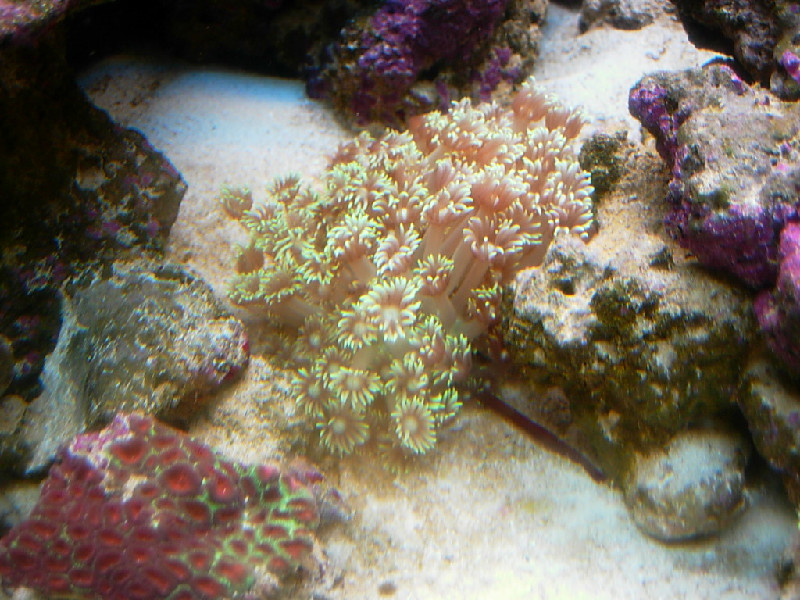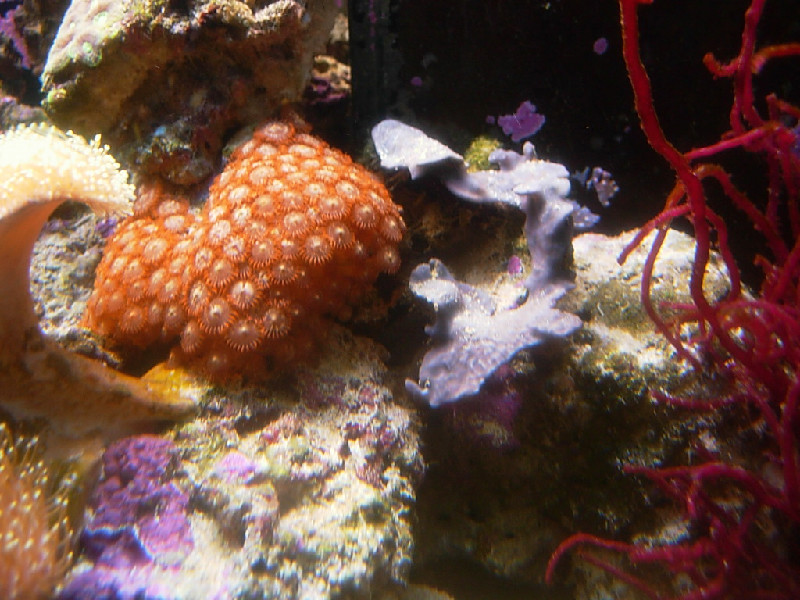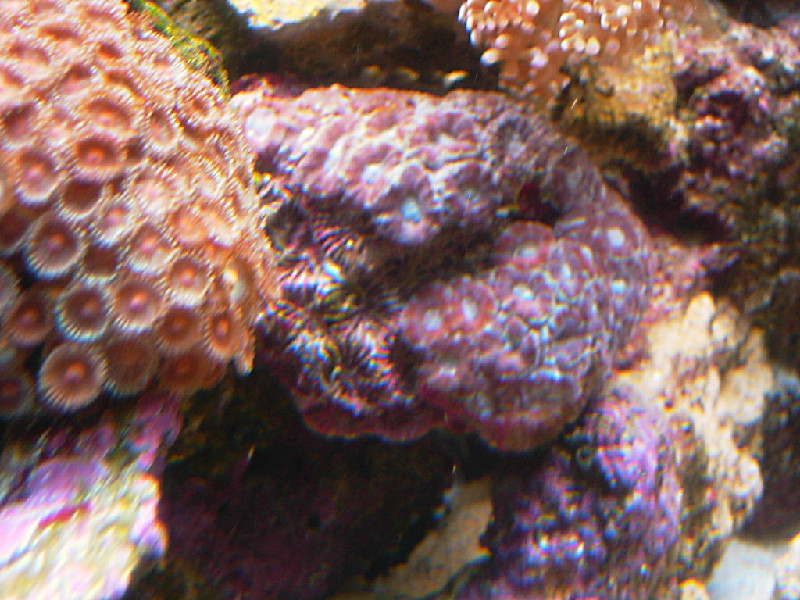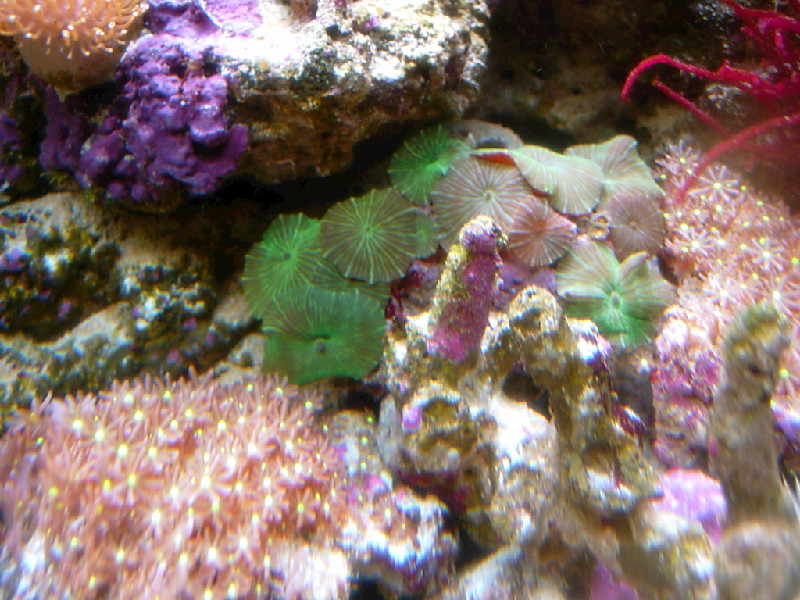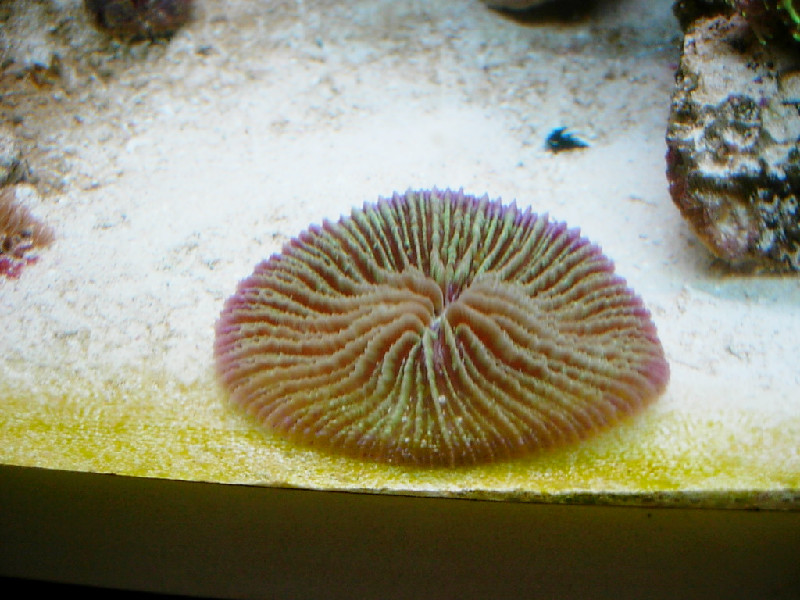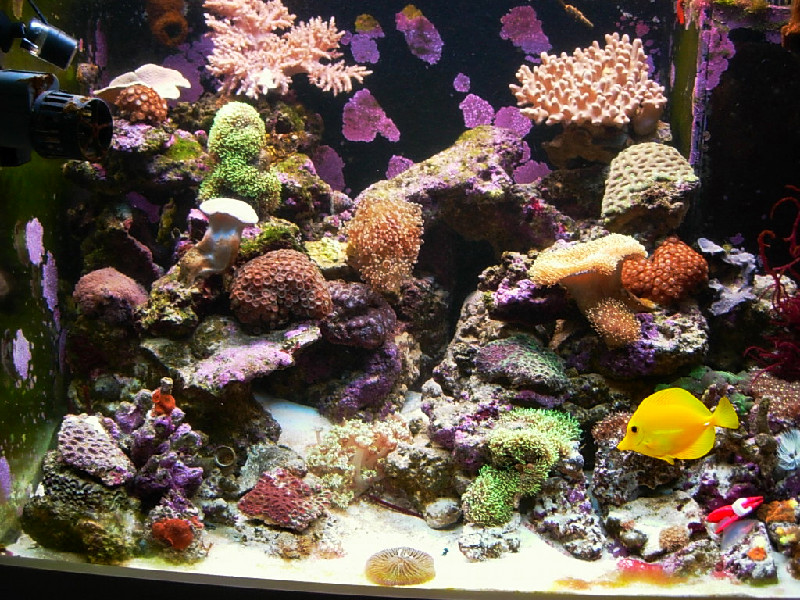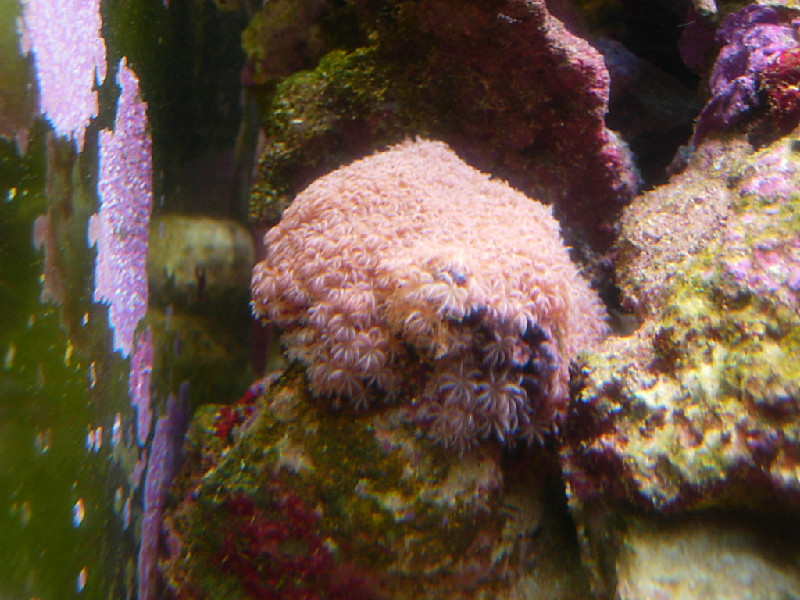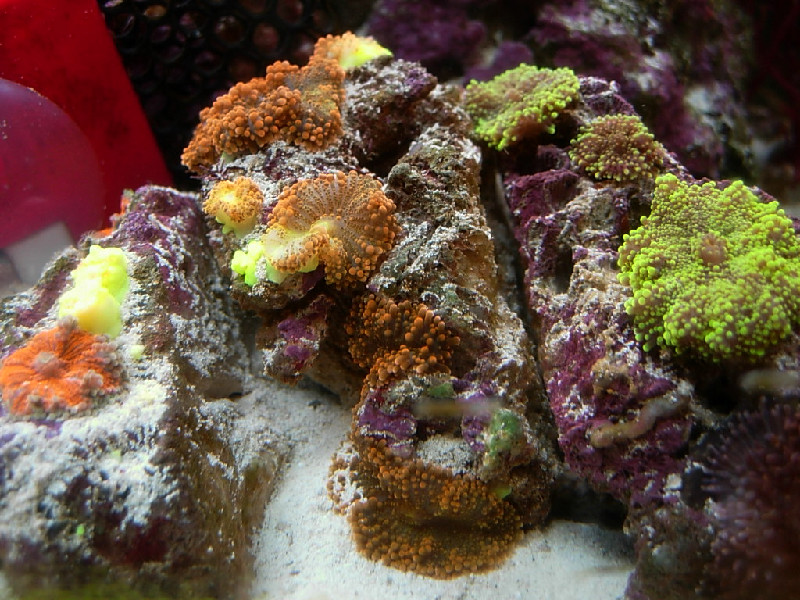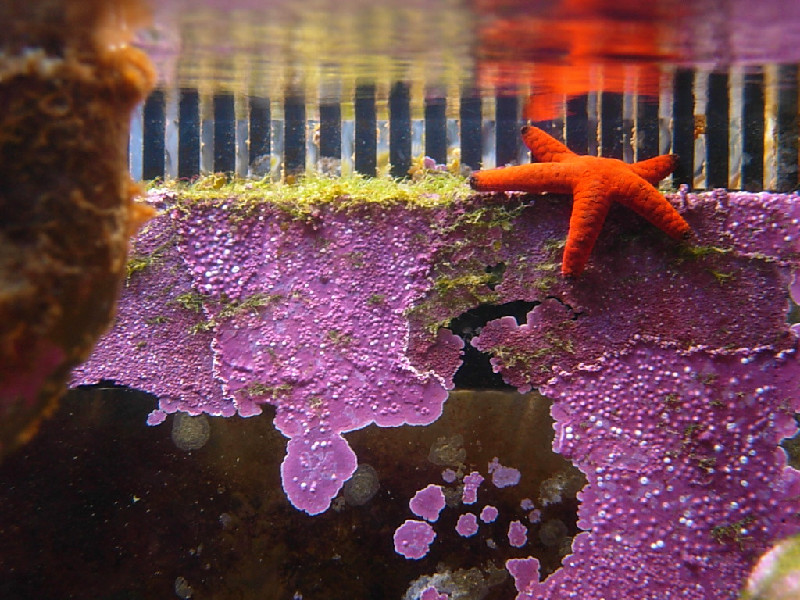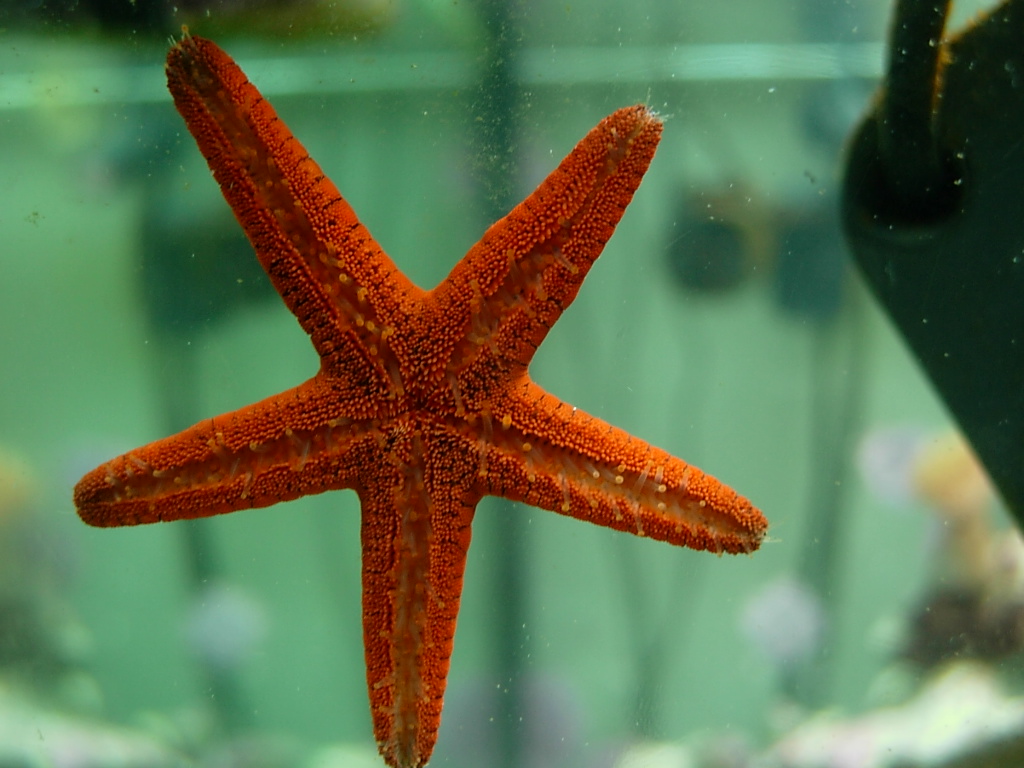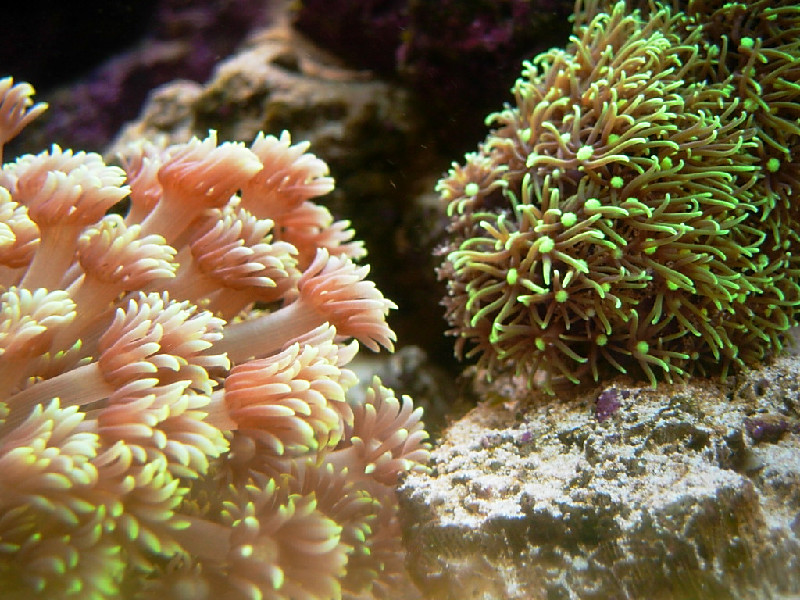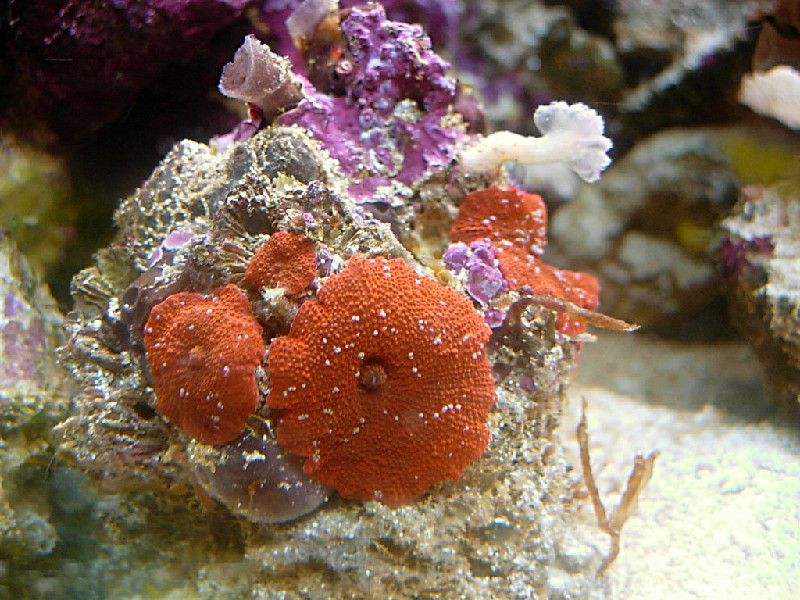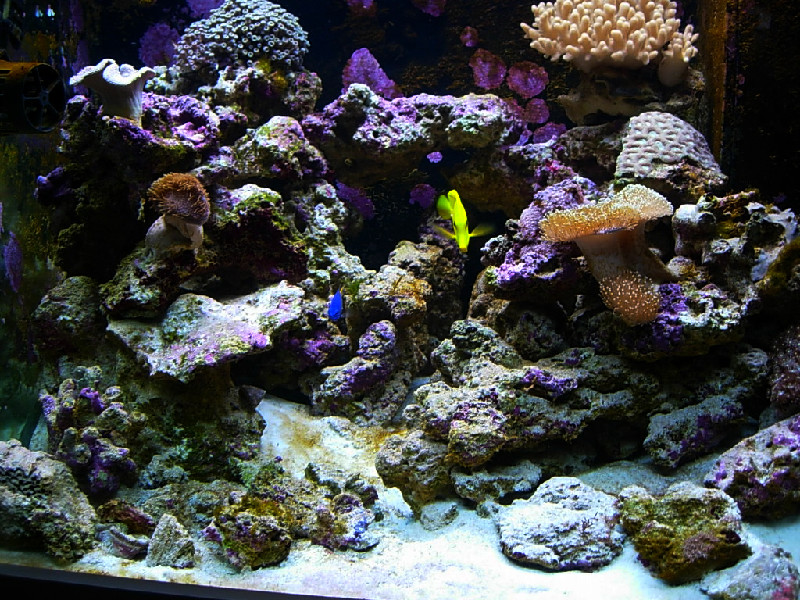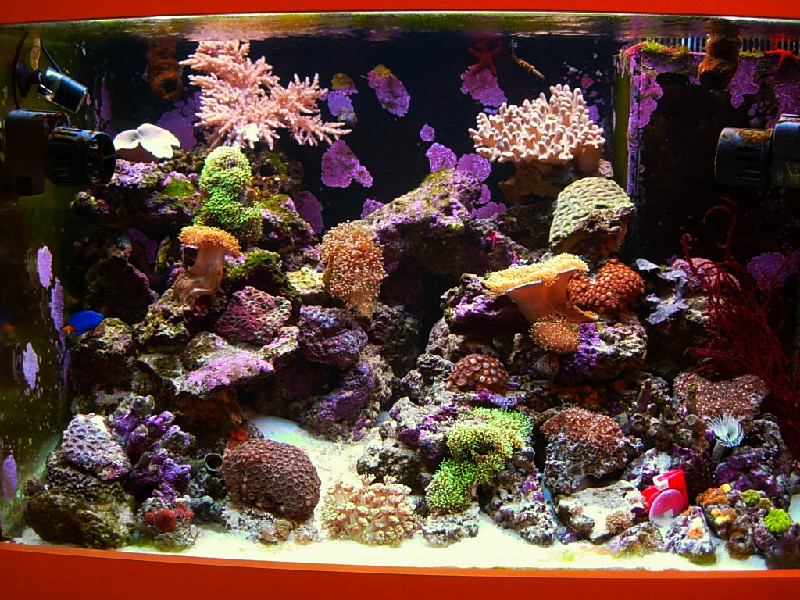
clintcar
Newbie 1-
Posts
53 -
Joined
-
Last visited
Content Type
Profiles
Forums
Gallery
Everything posted by clintcar
-
Posting this for a friend who is decomming and moving house: WTS 4'x 2'x 2' Tank, 10mm German float glass with overflow Non-cabinet type, square tube stand -- originally used for freshwater Includes two 2' tanks at the bottom, can be used for hospital tank 1 FR, bioballs, filtering elements and other equipment. No pump. Add $60 for German-made Eheim 1250 Please contact Benny at 83730488
-
Picked up the G2-160 version a couple of days ago from Razali -- quite pleased with the unit. I'm happy that the moonlight mode looks very even with none of that 'beam of light' effect commonly associated with other moonlight LEDs. Ibanez -- you play guitar too? Cheers, Clinton www.theguitarcolumn.com
-
Thanks for sharing this. Any specific hardware shop that sells Sugatsune products?
-
i'm using purigen too.. checked with petmart once about 'the bag' and they said they had brought it in before but were out of stock. right now i'm using 2 mesh bags doubled-up
-
It's probably feeding on natural food in your tank -- polychaete worms and the like. The are nocturnal so they will take a while to get used to coming out at daylight hours to feed. Mine did the same for a couple of weeks -- lurking in the rockwork in the day and only actively swimming about at night. You might try feeding your squirrelfish a couple of hours after lights out. With their large night-vision eyes they will see the food in the water. After some time they will learn to join the daytime feeding party and come out with the other fish.
-
-
Blue/grey ear sponge; one of a few species that seem to thrive in captivity. This specimen came as a tiny 1cm speck a mushroom rock I placed into very first setup in early 2005. During the diatom months the tissue of this sponge eroded to an almost mesh like consistency with tiny holes visible throughout. It has since bounced back to health and is growing faster than ever.
-
-
Green-striped mushrooms and green plate with purple edges from Golden Octopus, a great LFS run by a very knowledgeable boss.
-
Here are some techniques I use for encouraging coralline growth: I ensure my pH is always at least 8.2 with dKh around 9.6. I use Seachem's Reef Buffer which raises pH and alkalinity simultaneously. I dose Buffer when I see my pH dropping to 8.0 or 7.98. A drop in pH is usually an indicator of a drop in alkalinity which means the water is getting more acidic. I don't really test for calcium anymore but I dose Seachem Calcium Advantage twice a week or so. Calcium Advantage also contains strontium and magnesium which helps the purple coralline synthesize calcium. Using a salt with good magnesium levels such as Red Sea Pro salt also helps. Basically I just watch my pH and alkalinity and dose a calcium supplement that contains magnesium and strontium and the coralline starts reproducing automatically. Occasionally scraping at bits of coralline that may be on your walls or rock and ensuring that the purple 'dust' gets blown around the tank helps to seed the rock and tank walls with the purple stuff. Fish also seem to enjoy pecking at the 'dust'.
-
Thanks! As my tank went past the one year mark I started to get some plating coralline too. Unfortunately the brown diatoms smothered almost all of it. The coralline is having to start from scratch all over again. But its off to a good start.
-
One more full tank shot with minor rearrangements after adding three specimens from Golden Octopus yesterday.
-
Some sort of star-like polyp colony that grew from one or two that hitchhiked on a scrap of rock. They now cover the entire surface of the small rock. I'm proud of them as they endured and staved off the brown algae, refusing to be overrun as the other corals were.
-
-
One of two orange starfish. This one loves hanging out near the water's surface. It was doing the same at Aquamarin's tank when I got it.
-
Goniopora and green star polyps. I know that goniopora survival rates are dismal at best, but this is my first one in 3 years of reef keeping.
-
-
Totally agree with you. Once dKh is consistently at or above the 9+ range pH stability takes care of itself. I bought a Pinpoint pH meter 2 weeks ago so I'm having fun looking at it. Really beats the dinky pH pen I bought a couple of years ago.
-
Water Parameters as of this afternoon: pH 8.12 dKh 9.6 NO3 less than 2ppm Temperature 25.2C, with only 2x39w blue lights on, without chiller .. although my Dymax temp monitor is probably out of whack Going to buffer up the pH a bit. Someone posted a link about Seachem's new range www.aqauvitro.com and on the site it mentioned that the pK for most buffers is 8.0 in water and that was why buffers alone could not keep the pH consistently higher than 8.1 over a period of time. The Aquavitro range supposedly has a pK of 8.4 in water making 8.3-8.4 a sustainable range.
-
Thanks Victor. I wish I had pics of my tank at the height of the algae battle but didn't take any because it was just too heartbreaking; not to mention a little scary to look at.. But yes, you're right, persistence and determination are the only way to go. I'm also proceeding with extreme caution and watching all my parameters so I can make sure it does not recur.
-
Before I forget, my tank specs are: 3'x2'x2', 12mm glass built by Geo Aquatic in 2006. 24"x18"x18" sump with 4 compartments: 1st compartment is the water return to sump and holds a Tunze 9010 protein skimmer; 2nd compartment consists of 2 stacked eggcrate trays to hold floss for mechanical filtration, 3 bags of Chemipure and Polyfilter; 3rd compartment is for live rock following the benthic mini-refugium concept to encourage 'pods to multiply as a food source for the tank; 4th compartment holds a Kent fluidised reactor filled with Rowaphos The sump is drilled at the lower right side to feed an Eheim 1264 return pump. Wavemakers are 2 MaxiJet 900's, each fitted with Sureflow mod for extra flow. Lighting is 4 x 39w ATI T5 bulbs in one hood with 2 x Aquablue Special and 2 x AquabluePlus arranged in alternation. The BluePluses run 10hrs a day and BlueSpecials run 8hrs a day. An additional 2x 39w T5 fixture is mounted but unused at the moment in view of rising oil prices!
-
Thanks Bro. Sponge overgrowth? You mean the white, orange, yellow and blue types? I would like to see that! Maybe he should consider it a specialty tank. Sponges from what I understand don't grow easily. Or survive in captivity for any length of time for that matter. He must be doing something right for them to be thriving. Cheers!
-
Just thought I'd share with all of you my reluctant 6-month long affair with diatomous algae -- the dreaded brown monster. My current 3x2x2 tank has been running since April 2006 with livestock and some rock transferred over from my previous 2 1/2 footer which i started in early 2005. I had never had an algae problem in the 2 1/2 footer in the year and a half it ran, probably because it was just around 30 gallons and I was extremely cautious with the feeding regime for my 2 fish -- my damsel and my maroon clown. With my new tank I must admit, I was much more cavalier -- feeding more and dosing 'miracle' products like Combovital almost daily. The fish were enjoying it, the LPS corals were opening up nicely and interesting tubeworms and tunicates were proliferating. After all, I figured, I had all that extra water to dilute pollution, 100lbs of live rock to take care of nitrates and a fairly decent Tunze 9010 skimmer to take care of any shortfall in the biological filter. Boy, was i wrong. The first sign of trouble was when rather stubborn tufts of fuzzy brown algae began encroaching on a some of my corals, slowly snuffing out my trumpet coral head by head and gradually overtaking the star polyps, mushrooms and palythoa. Once it started appearing on the rock and covering even the coralline algae I knew I was in for trouble. My first move in the battle was to do several water changes. I started changing 10-15 gallons of water every 3 days, siphoning out as much algae as I could, sometimes as much as a quarter of a 5-gallon bucket.. They seemed to peel off the rocks easily but just as easily grew back to where they were within 2 days. I also started running three times the recommended quantity of Rowaphos passively in the sump wiith good flow around the media bag. Changing the Rowaphos media every 5 days, I quickly used up the entire 500ml can. I then followed up with larger amounts of Phosban which I placed in a Kent FR I purchased on a trip to Hong Kong's 'Fish St'. The Phosban 'fried' in the reactor into almost dust-like particles despite the moderately low tumble in the FR. The algae combined with the Phosban debris was now turning my tank a beautiful golden brown. Cue our favourite TV chef Martin Yan -- "Nice and golden brown... This tank is done!" But the algae wasn't done. It wasn't even flinching. It is interesting to note that through the entire ordeal my Salifert test kit was reading between 0.03 and 0.1ppm phosphate. The diatoms were likely uptaking the phosphates as fast as they were being produced. Much of the phosphate was also probably bound up in the substrate rendering it unreadable but where the algae had free access to it as a food source. Silicates could also have been a problem but at this stage I was, I confess, sort of past caring and didn't bother getting a silicate test kit. Searching the 'net for remedies and reading that phosphate might actually be leaching from the rocks themselves had me wondering if this hobby was indeed sustainable beyond the 2 to 3 year mark, as evidenced even by some LFS's tanks that had also gone into algae and cyano 'overdrive'. As a last resort I started dosing AZNO3, a nitrate reducing bacteria preparation which brought my exceedingly high nitrates down from over 100ppm to around 50 ppm but which also, I believe killed my Yellow Tang perhaps due to the rapid depletion of oxygen by the nitrobacteria. But I could be wrong. After months of fighting the brown monster, things are looking much better as of the last 45 days or so. I am running Rowaphos religiously in the FR and Chemipure in the sump. I am enjoying my simple tank once again, taking time when I walk by to gaze at its inhabitants. But there were several points along my algal journey when I contemplated releasing my yellowtail damsel 'Bluey' into the sea at East Coast Park, relishing the metallic clang as my live rock hurtled 14-floors down my rubbish chute and abandoning the hobby. The moral of this story -- unless you have a sump the size of a condo swimming pool, watch the feeding and unnecessary 'miracle' food dosing lest the dreaded brown monster gets ye. The other moral of the story is that if monster does get you, fight the good fight and don't give up! It can be defeated with time and patience. The first pic shows the tank at the tail-end of the algae battle. Much of the coralline had been snuffed out by the algae but at least the rocks are looking grey and not brown! The second pic is the tank as it looks today.
-
I did post the link for your perusal and for everyone else to read and come to their own conclusions. But in the end it is up to you to decide what is best.
-
I think you should read about the possible hazards before drinking DI water. http://www.ece.rutgers.edu/~maparker/class...k%20no%20DI.htm "Deionized water is exactly that - water that has essentially been stripped of all of its ions. Water likes to be balanced in its natural state, however, and this means that it adds ions to itself to achieve that goal. Therefore, DI water grabs ions from everything it touches that can be dissolved or absorbed. It is about a close as you can get to a Universal Solvent. In your case, it will extract metals from all of the brass fittings you have, and will also pull carbon dioxide from the air - you get the drift. Its hazardous to you to ingest because of what is called osmotic shock. Your body on a cellular level is balanced to a degree by the amount of salt that your cells have in them. This salt allows electrical signals to travel through your nervous system, creates reactions in your muscles that make them move, and also keep most simple bacteria from killing you because they cannot live in a high salinity environment. Back to osmotic shock - your cellular walls allow the free passage of water and salt through them. A process called osmosis means that the concentration of salts try to acheive equilibrium by moving to establish similar concentrations through your whole body. If you drink DI water, however, the absence of salt in it makes this movement occur VERY fast, as the body starts to try to reach equilibrium. Unfortunately, the salt movement is so fast and has so much force behind it that the cell walls basically explode from the shock, which of course kills the cells. Kill to many and you can get internal bleeding and all kinds of nasty stuff like that. Distilled water is not nearly as agressive as deionized, and it is essentially balanced. It still has very little ions in it, but it is less aggressive than DI and while I would not recommend drinking it either, is less likely to harm you. It also is not corrosive to most metallic internal parts on your welder." Hope this helps.


